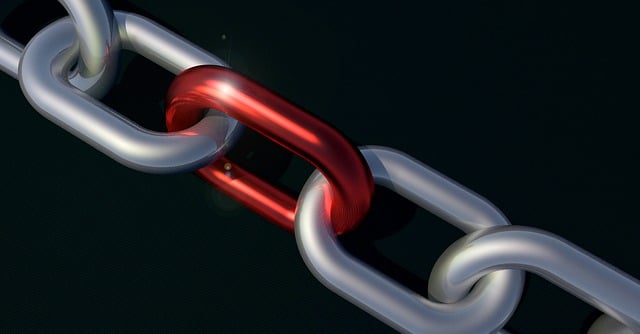Creating smart internal links boosts SEO by guiding users and search engines to relevant content within a website, using descriptive anchor text for improved user experience and trustworthiness. However, technical challenges like API responses (e.g., status code 504 Gateway Timeouts) can cause delays during high traffic periods, hindering data fetching for internal links. To mitigate this, developers must optimize API performance, ensure sufficient server resources, and implement caching strategies to guarantee swift website responses, thereby enhancing SEO effectiveness and seamless navigation.
“Unleash the power of internal linking with our comprehensive guide on creating smart internal links. In today’s digital landscape, effective navigation is key to user engagement and SEO success. We’ll explore proven strategies and tools to optimize your website’s structure, enhance user experience, and boost search rankings. From identifying relevant content to implementing contextual anchors, discover the art of crafting smart internal links that drive traffic and improve your site’s overall performance.”

Creating smart internal links is a strategic move that can significantly boost your website’s SEO performance. These links act as digital guides, leading both users and search engines to relevant content within your site. By using anchor text that accurately represents the linked page’s content, you provide valuable context for both visitors and search algorithm crawlers. This simple yet powerful technique helps improve user experience by offering quick access to essential information while also signaling to search engines that your website is well-organized and trustworthy.
Implementing smart internal links requires a thoughtful approach. Identify pages that could benefit from additional context or those with high potential for user engagement. Link to these pages strategically within relevant content, ensuring the anchor text is descriptive and enticing. This not only encourages users to click but also reinforces the topic’s relevance, fostering a natural flow of information throughout your site.
API responded with status code 504.

When optimizing your website for search engines, implementing smart internal links is a strategic move that can significantly enhance user experience and SEO performance. However, it’s essential to understand that technical aspects like API responses play a critical role in this process. An API response with a status code 504 Gateway Timeout indicates a delay or failure in communication between your website and the server, which can negatively impact internal linking efforts.
This issue often arises when there is high traffic or server overload, causing delays in fetching essential data for your internal links. To address this, developers need to optimize API performance, ensure sufficient server resources, and implement caching strategies. By doing so, you guarantee that your website responds swiftly, providing users with seamless navigation and search engine crawlers with efficient access to valuable content, thereby boosting overall SEO effectiveness.
